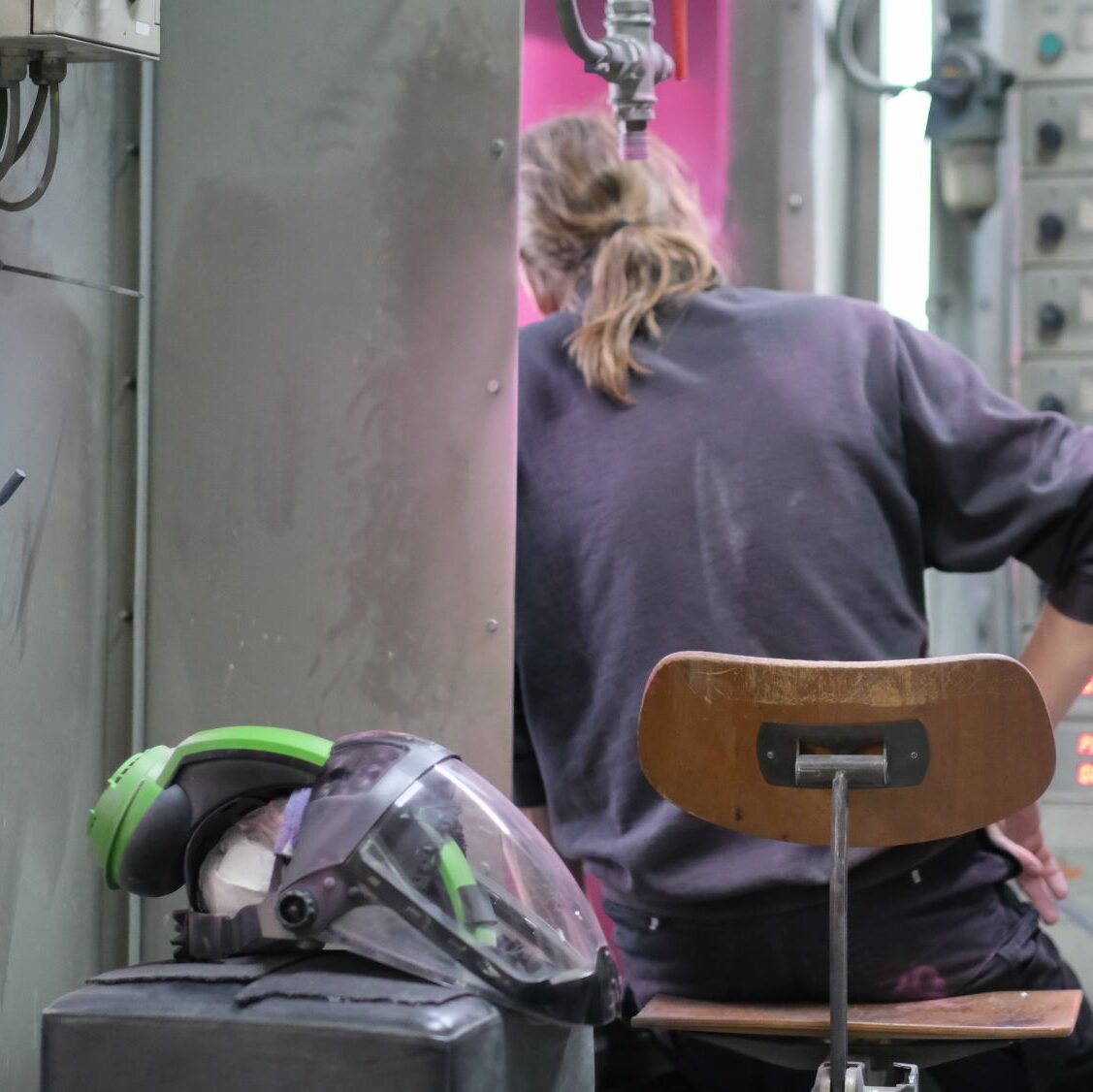
What is dependent respiratory protection?
16 May 2024There are countless different respiratory protection devices on the market, each with specific properties and advantages. Therefore, when selecting respiratory protection, it is important to consider which properties best match the situation and the type of air pollution one is facing. The first step is to choose between dependent and independent respiratory protection. These two concepts are fundamentally different.
Dependent respiratory protection
All respiratory protection devices can be divided into two categories: dependent respiratory protection on the one hand and independent respiratory protection on the other. With dependent respiratory protection, as the name suggests, one is dependent on the ambient air in which they are located. The user inhales the immediate ambient air, which is purified using filters to provide clean breathing air. Thus, filtered ambient air is inhaled. This is in contrast to independent respiratory protection, where clean air is supplied from outside via air hoses. Read more about independent respiratory protection here.
Advantages of dependent respiratory protection
Although the level of protection with independent respiratory protection is often higher than with dependent respiratory protection, in many cases, dependent respiratory protection is still chosen. The main reason for this is the high level of user-friendliness. Independent respiratory protection is generally only chosen for critical applications or when there is very strong (dangerous) air pollution.
With filter systems, the user experiences a lot of freedom of movement and is not hindered by compressed air hoses or heavy oxygen tanks on the back, for example. The protective equipment is very easy to use. Simply putting on the mask or hood and one can immediately start working. Moreover, the interchangeable filters are designed to be quickly and easily replaced.
In many cases, filter systems provide sufficient protection, so the choice of dependent respiratory protection is obvious in these situations.
Different types of dependent respiratory protection
Within the category of dependent respiratory protection, further divisions can be made. Ranging from simple disposable dust masks to motor-driven air hoods. The Arbin Kite air hoods belong to this latter group. The built-in motor creates an overpressure of clean air in the air hood, thus providing a high level of protection.
Check out our comparison of respiratory protection devices for a complete overview of the advantages and disadvantages of the various options.
Conditions for dependent respiratory protection
Note, there are some conditions that must be met before one can choose a dependent respiratory protection device:
- The oxygen content in the ambient air must be at least 19% by volume (percentage may vary depending on local regulations).
- The existing air pollution is known, and the filter material is suitable for it.
- The concentration of the harmful substance is within the allowable range for the chosen filter system.

Want to know more? Get in touch!
Curious about the possibilities for your company or organisation? Get in touch and we will be happy to help.